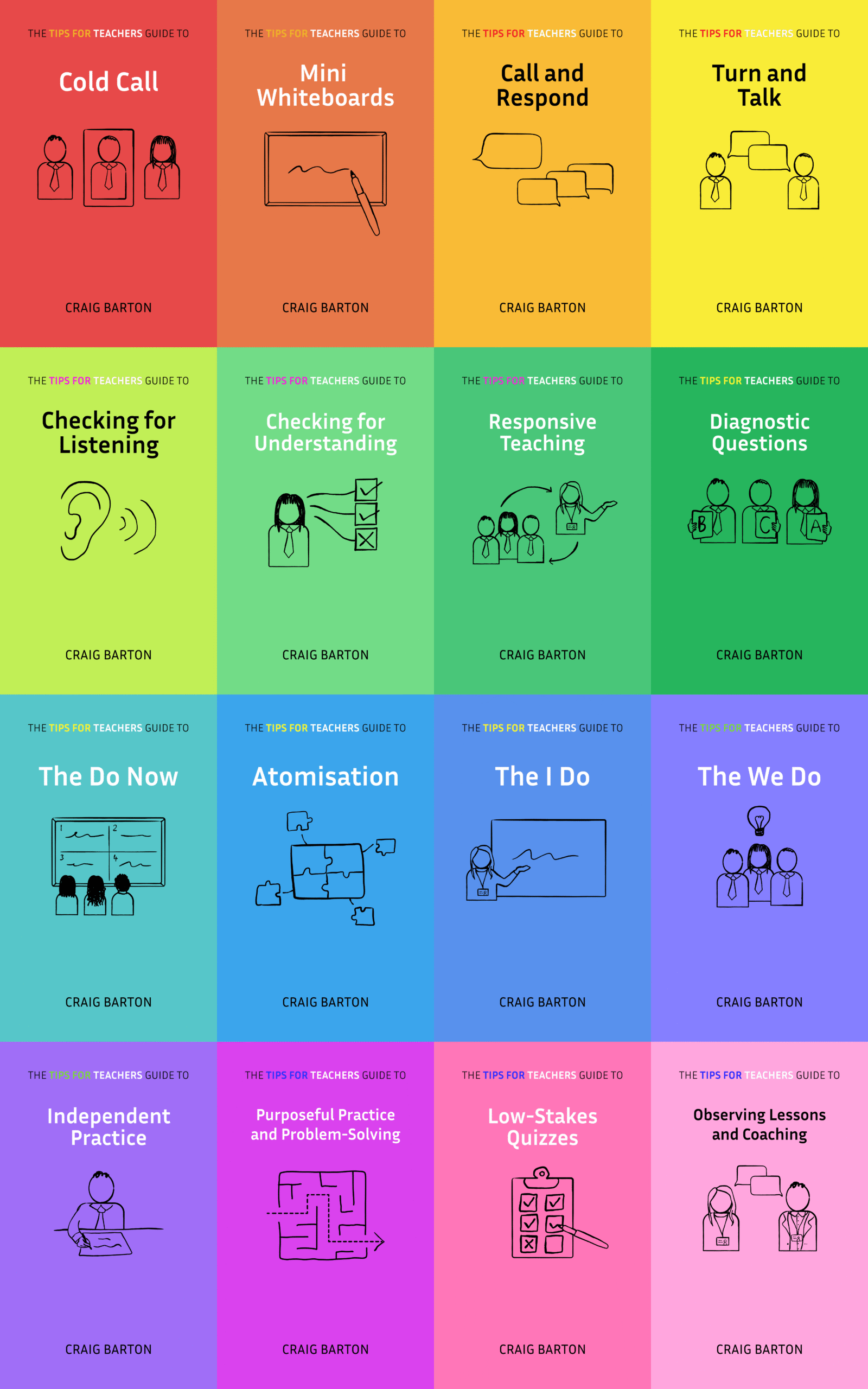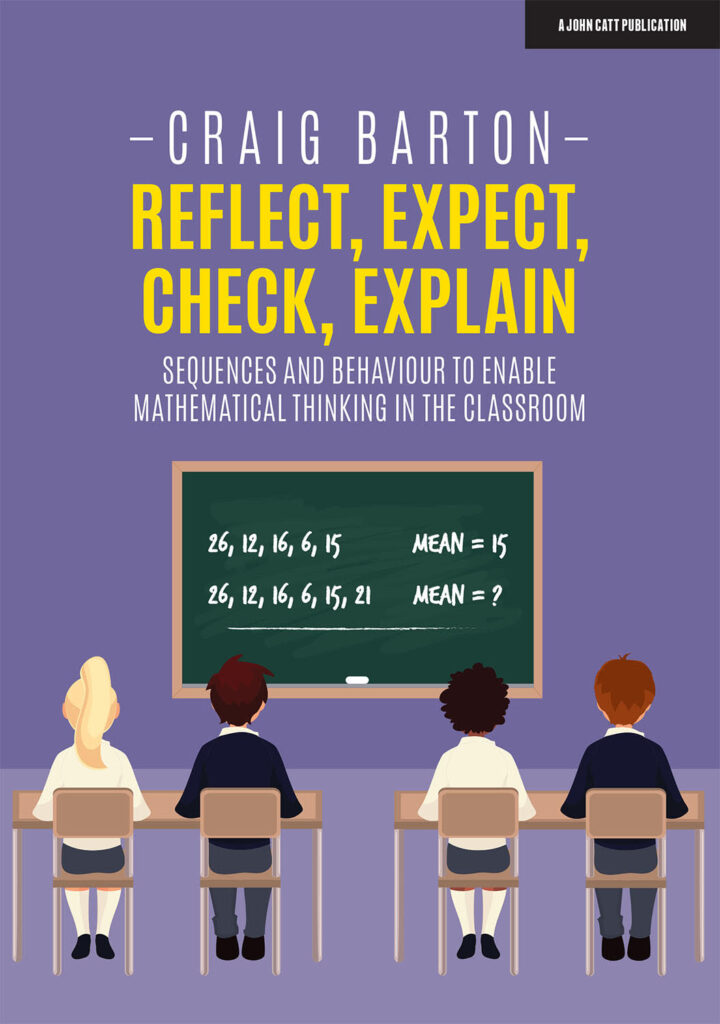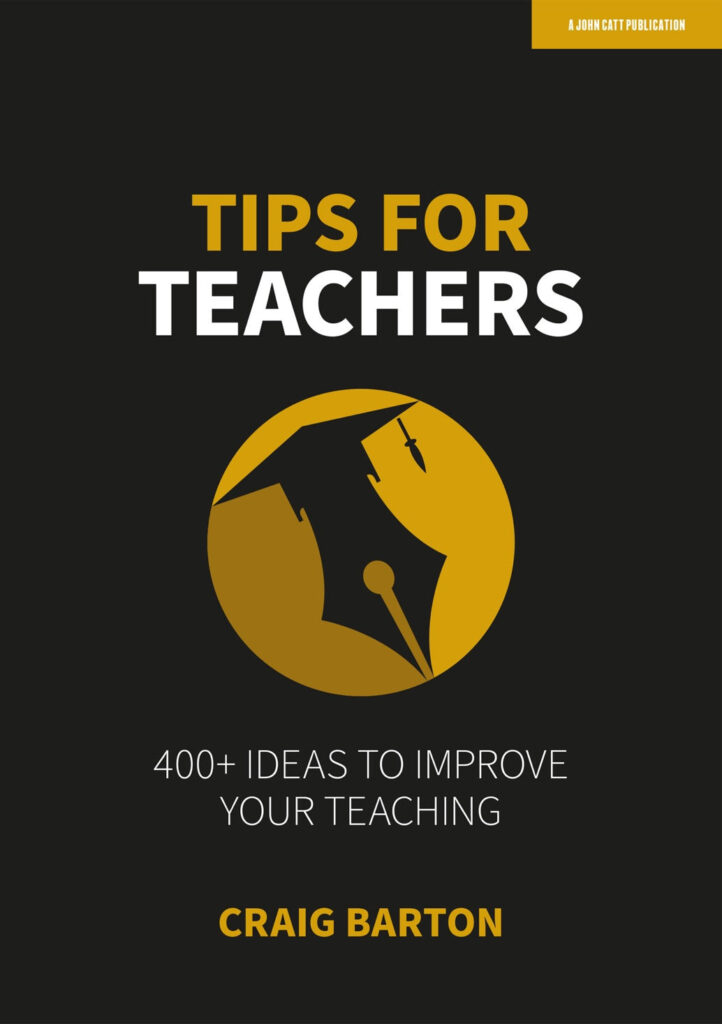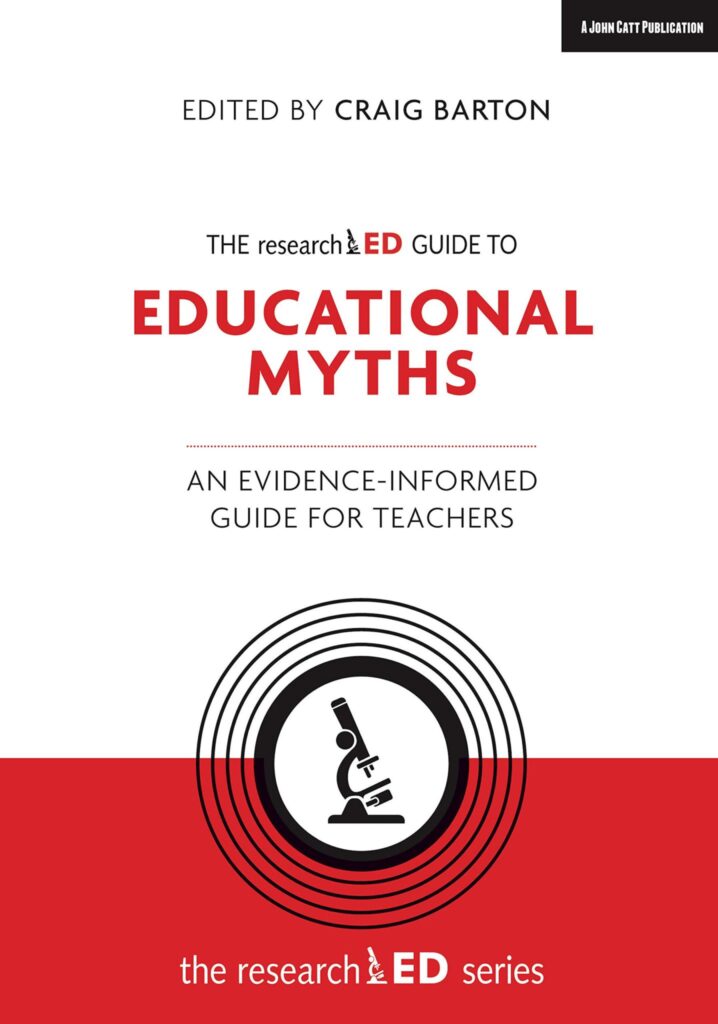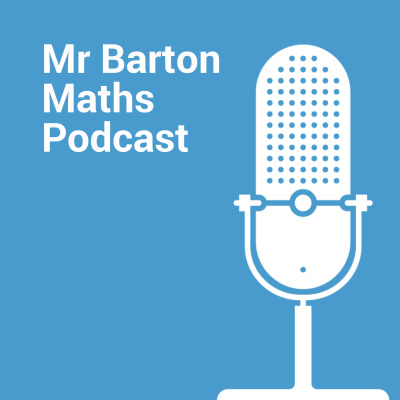
- Title: Achieve and thrive: A research-based guide to pupil motivation and engagement
- Authors: Steve Farndon
- Access the original paper here
- Listen to a deep-dive podcast:
Paper summary
Steve Farndon’s Achieve and Thrive is a research-based guide for educators on pupil motivation and engagement. It emphasizes the importance of meeting students’ psychosocial needs—competence, relatedness, and autonomy—to foster intrinsic motivation. The guide explains self-determination theory, detailing how external regulation acts as a safety net, while internalization and integration of motivations lead to better outcomes. Practical implications and strategies for implementing these ideas in classrooms and schools are provided, along with examples of how teachers can support students’ needs through daily interactions and professional development. The publication ultimately aims to create a learning culture where all children can thrive.
What are the key implications for teachers in the classroom?
The sources highlight several key implications for teachers in the classroom, all centered around fostering student motivation and engagement by meeting their psychosocial needs:
Creating a Safe and Predictable Learning Environment:
- Teachers should establish and maintain clear and consistent expectations for both behavior and learning. This can be achieved by providing clear expectations, monitoring the classroom for potential problems, redirecting minor misbehavior before it escalates, using positive reinforcement strategies, and minimizing time spent on behavior management issues.
- When these expectations are shared by all teachers and consistently reinforced, students know what to expect in every classroom. This predictability helps students internalize the value of rules and improves behavior, reducing the need for external regulation.
Understanding the Role and Limitations of External Regulation:
- External regulation, such as rules, routines, and rewards, can be viewed as a safety net, particularly important in setting and reinforcing behavioral norms. It is particularly useful when students are amotivated and need external support to get back on track.
- However, overreliance on external regulation, especially for motivating learning, can be counterproductive. It can undermine the development of internal motivation and may even reduce intrinsic motivation over time.
- The focus should be on gradually shifting from external to internal motivation by meeting students’ psychosocial needs for competence, relatedness, and autonomy.
Fostering Competence:
- Teachers should avoid early failure by using strategies like modeling, guided practice, and checking for understanding.
- Students need to be provided with mastery experiences: opportunities to engage in challenging tasks where success is attainable but not guaranteed. This helps students build confidence in their abilities.
- Teachers should regularly challenge their assumptions about the level of work students can handle and identify opportunities to stretch their capabilities.
Nurturing Relatedness:
- Building a sense of belonging and connection is crucial. Teachers should make an effort to get to know their students individually, greet them by name, acknowledge their interests, and encourage their contributions.
- Interactions in the classroom can be intentionally designed to communicate belonging. This includes greeting students at the door, asking them to respect and build on each other’s ideas, and giving everyone opportunities to answer questions.
- Schools should prioritize opportunities for students to feel seen, known, and valued. This might involve trips, form time, extracurricular activities, or school-wide events.
Promoting Autonomy:
- Autonomy in this context focuses on helping students develop a sense of ownership and agency. This doesn’t equate to simply giving students choices but involves helping them understand and internalize the reasons behind expectations and learning objectives.
Developing a Sense of Ownership:
- Teachers should clearly and consistently communicate the value and importance of behavioral expectations, curriculum content, and lesson activities. These reasons should be meaningful and relevant to students’ lives.
- Sharing rationales for learning and behavior helps students move from external to more internalized motivation.
Cultivating Agency:
- Presenting learning from students’ perspectives, considering their interests, and incorporating their views can enhance their sense of agency.
- Teachers should acknowledge students’ perspectives, even when they express reluctance, and invite them to change their viewpoints.
- Using invitational language that emphasizes student choice and control supports agency. For example, phrasing suggestions as “You might want to…” rather than “You need to…”.
Understanding the Universality of Psychosocial Needs:
- Meeting students’ psychosocial needs is relevant for all students, regardless of age, context, or additional needs.
- These approaches can also positively impact students’ general well-being and protect them from stress, anxiety, and depression.
- It is equally important to prevent students’ psychosocial needs from being undermined, as this can damage their motivation and well-being.
Implementing Strategies Effectively:
- It is essential to address all three psychosocial needs in a balanced way, as they are interconnected and reinforce each other.
- Teachers can learn to improve their ability to support student autonomy and relatedness through professional development programs.
- Effective professional development should focus on changing daily interactions between teachers and students.
- Teachers need a deep understanding of the principles behind self-determination theory so they can flexibly apply strategies in different classroom situations.
- Modifying classroom interactions requires ongoing support and a variety of approaches to help teachers overcome existing habits and develop new practices.
By understanding and applying these implications, teachers can create classroom environments that foster student motivation, engagement, and overall well-being.
Quote
This is an important process, because where pupils do feel these three things – or in the language used in self-determination theory, where their needs for relatedness, competence and autonomy are met – their motivation to engage with school increases
